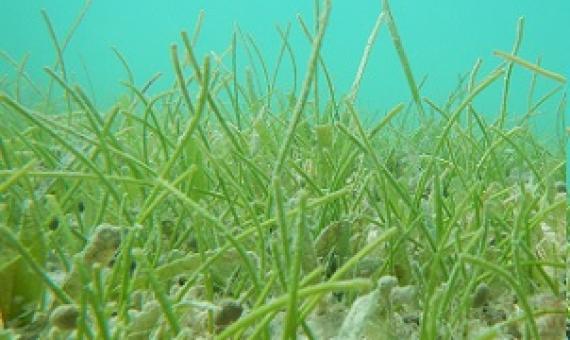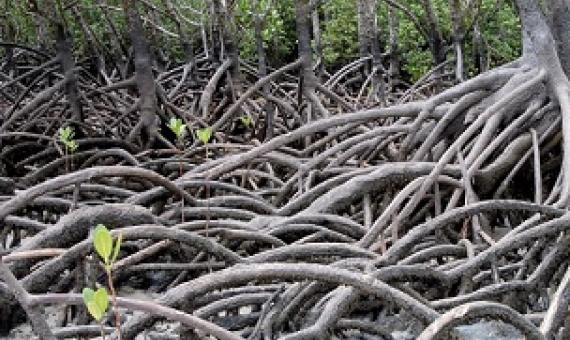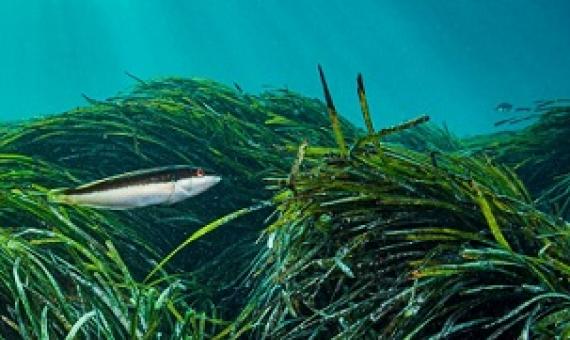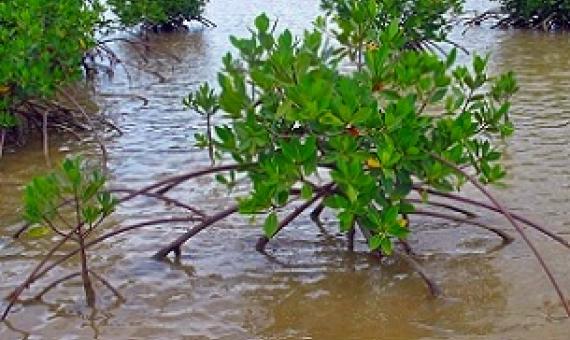Seagrass: green leaves swaying in the currents. Fish weave their way through, and sea turtles graze. They're always on their guard, watching out for any encroaching sharks. The seagrass' roots are hidden in the seabed, where they anchor the sand, securing the coastline.
Seagrass meadows are important sources of reef island-building sediment
The future vulnerability of low-lying atoll nations is inextricably linked to the production of carbonate sediments by organisms living in their adjacent marine environments. Seagrass meadows are commonly found adjacent to reef islands, but their role as sources of reef island-building sediments has been overlooked. Here, we combine field, satellite and sedimentological data to quantify rates of sediment production by seagrass epibionts in a reef island sediment supply context.
Algal and Seagrass Communities from Santo Island in Relation to Habitat Diversity
in Bouchet P., Le guyader H. & pascal O. (Eds), The Natural History of Santo. MNHN, Paris; IRD , Marseille; PNI, Paris. 572 p. (Patrimoines naturels; 70).
Fijians living in coastal and maritime islands are being reminded not to overlook the importance of seagrass and its role in the marine ecosystems. This comes as Conservation International builds its research around seagrass and conservation of this resource in the Lau Group.
Ambitious restoration of mangroves and seagrasses could lead to substantial recovery of these ecosystems New research has found.
The meadows of luscious green seagrass that dot coastal regions around the world are gaining recognition as important marine habitats and carbon sinks, but there is still a lot we don’t know about how these marine plants live.
In an oceanic omen for climate change's intensifying effects, Cornell-led research shows that seagrass—through large swaths of intertidal meadows in the Pacific Northwest—suffers from a lesion-filled wasting disease. The grasses' once-vibrant plant root systems are deteriorating, too.
The Pew Charitable Trusts today applauded several nations for including ambitious targets to protect and restore coastal wetlands in their updated nationally determined contributions (NDCs). Parties to the Paris Agreement are increasingly recognizing the role that coastal "blue carbon" habit
Researchers have been forced to avoid crocodiles, deadly jellyfish and even quicksand-like mud to replant seagrass beds south of Cairns as part of a project they hope to expand across tropical Australia.
Seagrass may not have ears, but that doesn’t stop noise pollution from causing serious damage to the plant’s other structures. From the whirring propellers that power our ships, to the airguns we use to search for oil, we humans have created a cacophony in the ocean.














